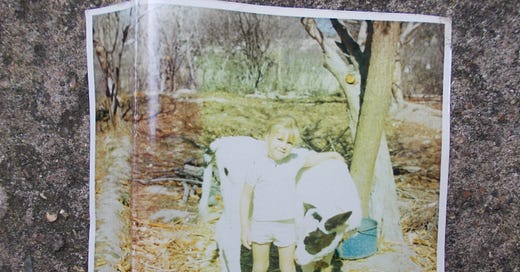I wanted to repurpose this post from my old (and in the process of being retired) blog into something that celebrates other authors' brilliant writing on not just tamales but Mexico itself. You’ll al…
Keep reading with a 7-day free trial
Subscribe to Topographic Kitchens to keep reading this post and get 7 days of free access to the full post archives.



